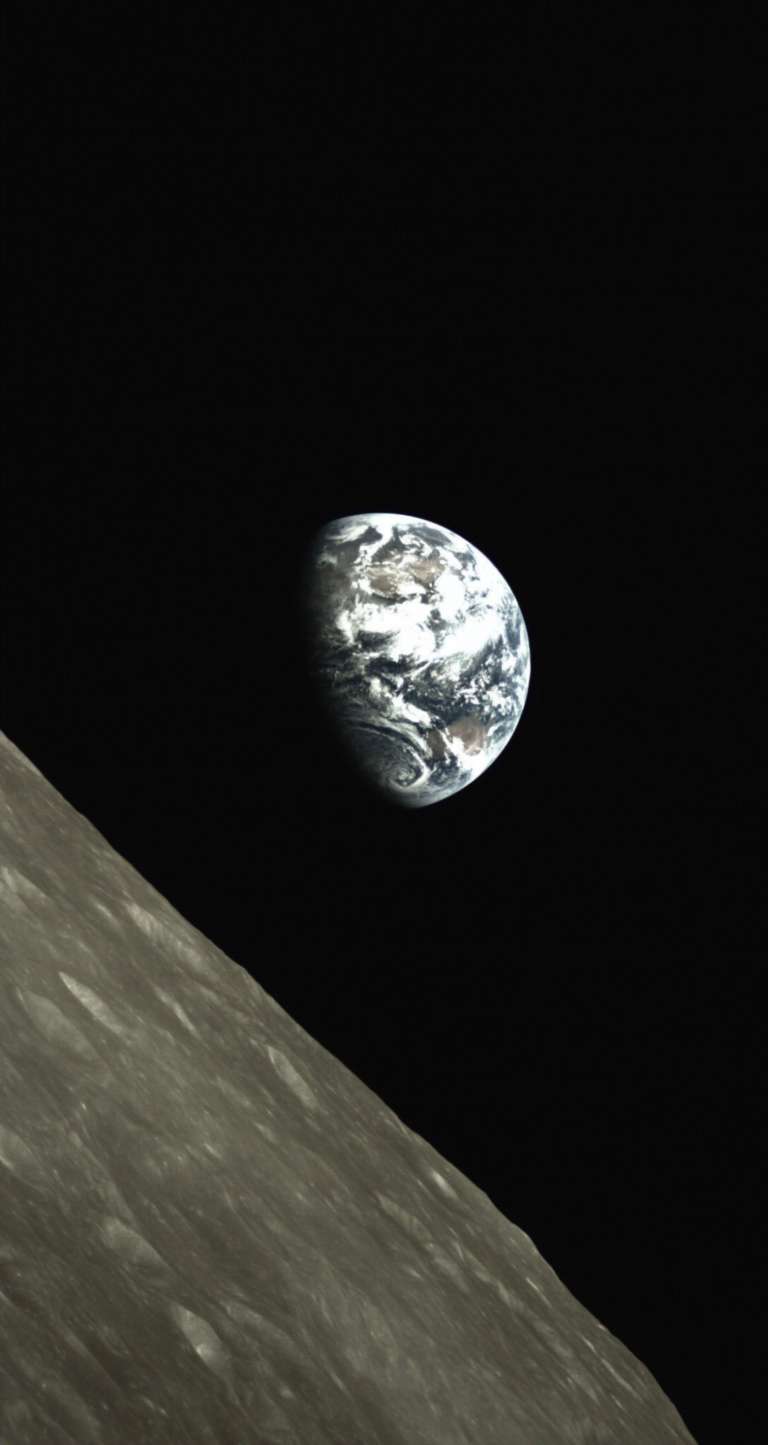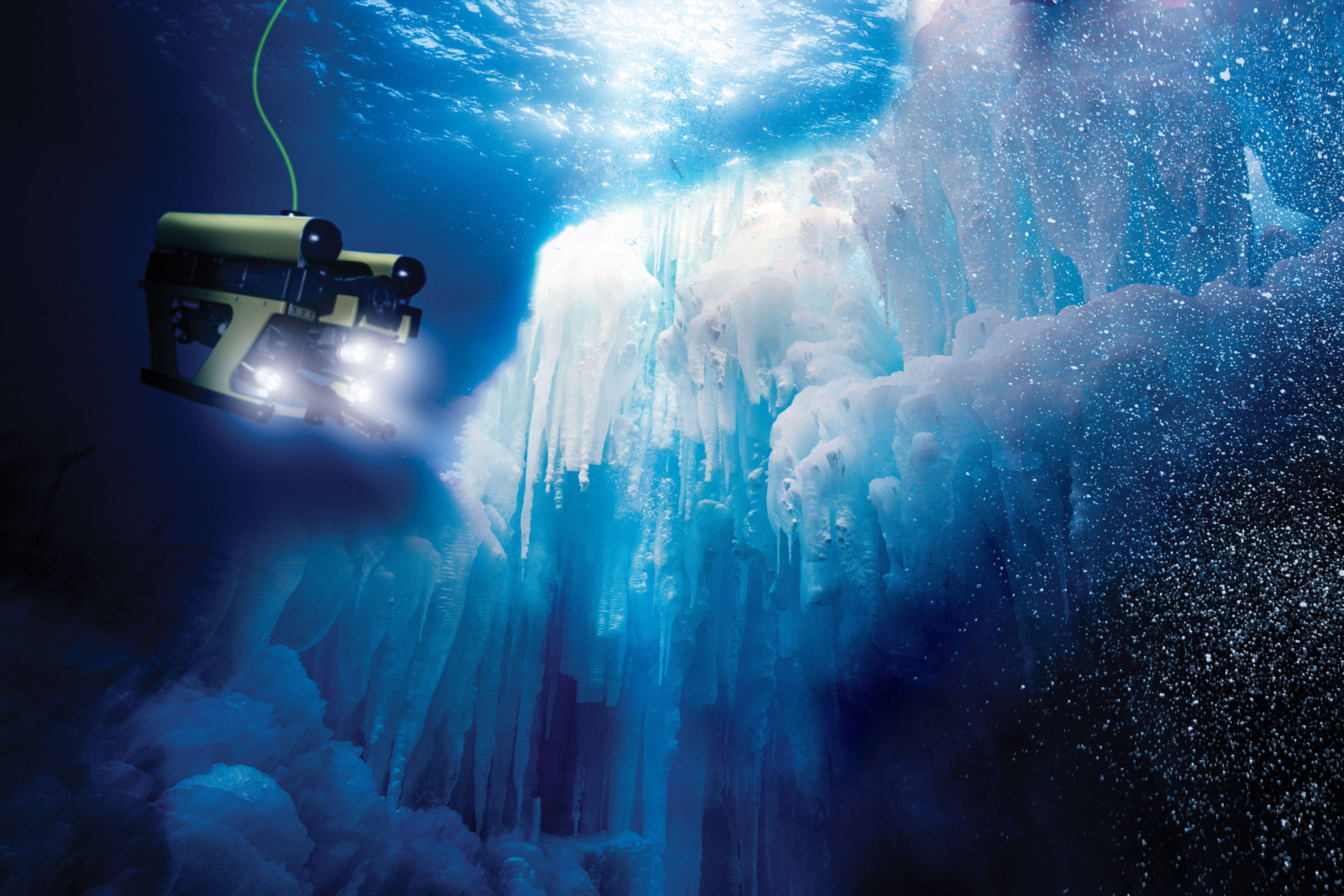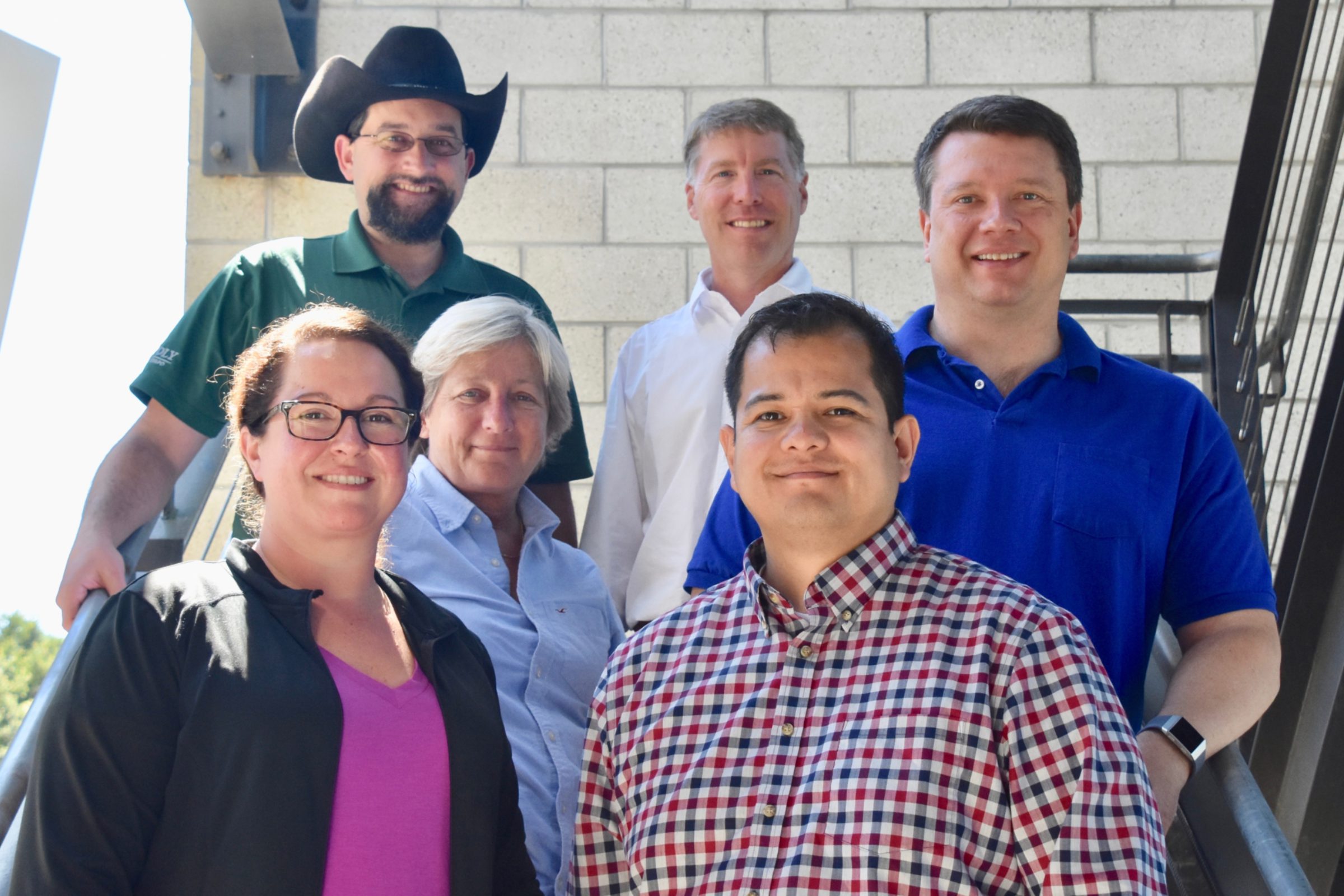
On the Cover: When Apollo 8 astronauts Bill Anders, Frank Borman, and Jim Lovell rounded the farside of the Moon, they became the first humans to witness an Earthrise above an alien surface. The iconic image was first published on 30 December 1968, 50 years ago this month.
Download PDF
CONTENTS
Advocating for Space
Total Immersion in the Heavens
Casey Dreier assesses the significance of the Apollo program on its 50th anniversary.
Your Place in Space
No Place Like Home Planet
Bill Nye is inspired by the connection between exploring other worlds and making discoveries on Earth.
Vicky Hamilton explores how OSIRIS-REx used its Earth flyby to test instruments on the way to asteroid Bennu.
We take a look at how different lunar and planetary missions have photographed our home world and its moon.
Michael L. Wong asks how our understanding of the origin of life on Earth informs our search for it elsewhere.
Society News
Timing Is Everything
Richard Chute discusses options for year-end philanthropy.
Developments in Space Science
A Busy Summer
Total Immersion in the Heavens
Why Earthrise Resonates 50 Years Later

No Place Like Home Planet
Exploring Space to Learn About Ourselves
Bill Nye is chief executive officer of The Planetary Society.
By exploring space, we learn more about our planet and ourselves. On the cover, we celebrate Earthrise, the famous photo of our blue marble of a planet taken by astronaut Bill Anders on 24 December 1968. (Some disclosure: I remember it well as an 8th grader.) Viewing Earth from the Moon changed the way people everywhere viewed Earth and our place in the cosmos. Seeing Earth from space was a powerful reminder that humankind—in fact, all life as we know it—is united here on this beautiful yet fragile world.
In the coming year, we will celebrate and reflect on the groundbreaking achievements of Apollo. Check out the Apollo timeline right here on this page and read Casey Dreier’s essay inside the front cover on the cultural significance of the 50th anniversary of humans on the Moon.

In these 50 years since Apollo, humankind has explored farther away from home. As we venture out, we continue to look back at our home world. In this issue, Emily Lakdawalla showcases some of the best self-portraits taken by robotic explorers, and Vicky Hamilton describes how OSIRIS-REx used its instruments to examine Earth during a flyby on its way to asteroid Bennu.
As we continue to explore, we seek answers to the fundamental questions about the origin of life and the origin of species—like you and me. In “The Making of Life,” Michael Wong explains how life may have developed here on Earth and elsewhere.
These quests to find life in the cosmos and to understand our place in space are deep within us. We’re curious, we’re tenacious, and we’re explorers. The Planetary Society was founded to keep humankind exploring. Through your passion, you prove public support for space exploration. Members like you are not only passionate about space; you’re willing to act to advance exploration by spreading the word on social media, participating in letter-writing campaigns, volunteering, and financially supporting our projects and programs.
Because of you, we’re ready to fly LightSail 2, our solar sail spacecraft that is 100 percent funded by members and supporters (see Bruce Betts’ update on LightSail in this issue). Because of members like you, I am able to communicate with you here in The Planetary Report.
Your support also enables us to directly advocate for continued exploration to government agencies. A recent example of this was my participation in a Washington Post Live event with NASA Administrator Jim Bridenstine. Unlike my previous informal discussions with the administrator, this one was in public with a large in-person audience and a live webcast. Planetary Society Vice President Heidi Hammel and I were on a panel with the administrator, and we talked about what we see as the opportunities in space today and in the near future. Heidi described the great value of planetary exploration: the more we learn about other worlds, the more we learn about our own. We agreed that discovering life elsewhere would be astonishing. Deflecting an incoming massive rock or block of ice (asteroid or comet) could be vital. Also, the International Space Station has a unique role in international engagement and diplomacy. We discussed the key to the future: the money (NASA’s budget). I managed to remind everyone there that a big reason the world’s largest nongovernmental space organization (your Planetary Society) exists is to help lawmakers make the right decisions about missions and funds.
In the 50 years since Apollo and the 38 years since the founding of The Planetary Society we have accomplished a great deal, but the best is yet ahead. I am delighted you all have joined us. Let’s explore!
Flying By Home
Testing OSIRIS-REx’s Tools on the Way to Asteroid Encounter
Spacecraft Earth
Looking at Our Home Planet From Outside Its Atmosphere

The Earthrise photo that graces the cover of this magazine was the first color photo taken in space to include Earth and the Moon in the same frame, but it was far from the last. Many other lunar orbiters and landers have photographed both worlds. Some spacecraft turned to look at our home planet as they departed it. Others came in from the vast blackness of space to revisit Earth on a gravity-assist flyby. A few have even looked back toward home from distant reaches of the solar system. Seeing Earth afloat in space imparts a dramatic shift in perspective; Earth is no longer solid ground but just another spacecraft, one that carries every living thing we know of into an unknown future. Here are a few rarely printed examples of these dramatic images of our home planet and moon. You can find more on our website at planetary.org/spacecraftearth.



The Making of Life
Grappling With the Emergence of Life on Earth Helps Researchers Understand How to Search for It Elsewhere

Timing Is Everything
Year-End Gifts to Support Space Exploration
A Busy Summer
LightSail 2 and Solar Sailing Updates

What's Up?
by Bruce Betts
IN THE SKY
On 21 January, there will be a total lunar eclipse visible throughout most of North America, South America, the eastern Pacific Ocean, the western Atlantic Ocean, western Europe, and western Africa. A partial lunar eclipse will be visible in other parts of Africa, Europe, and Asia. On 6 January there will be a partial solar eclipse visible in parts of eastern Asia and the northern Pacific Ocean. Very bright Jupiter is below extremely bright Venus in the pre-dawn East until it passes Venus in the sky on 22 January. At that point dimmer, yellowish Saturn is below the other two but passes above Venus in the sky on 18 February. Reddish Mars continues to fade in the early evening West as Mars and Earth grow farther apart in their orbits.
RANDOM SPACE FACT
Besides being the first humans to witness an Earthrise (see cover), the Apollo 8 crew (Borman, Lovell, and Anders) were also the first to travel beyond low Earth orbit, the first to orbit the Moon, and the first to see the farside of the Moon with their own eyes.
TRIVIA CONTEST
Our June Solstice contest winner is Nicholas Green of Waterloo, Iowa. Congratulations! The question was: By volume, about how many of Mars would fit inside Earth?
The answer: About 6.64 of Mars would fit inside Earth.
Try to win a copy of The Penguin Book of Outer Space Exploration: NASA and the Incredible Story of Human Spaceflight by John Logsdon and a Planetary Radio T-shirt by answering this question:
Who were the final members of the backup crew for the Apollo 8 mission?
E-mail your answer to [email protected] or mail your answer to The Planetary Report, 60 S. Los Robles Ave., Pasadena, CA 91101. Make sure you include the answer and your name, mailing address, and email address (if you have one). By entering this contest, you are authorizing The Planetary Report to publish your name and hometown. Submissions must be received by 1 March 2019. The winner will be chosen in a random drawing from among all the correct entries received.
For a weekly dose of “What’s Up?” complete with humor, a weekly trivia contest, and a range of significant space and science-fiction guests, listen to Planetary Radio at planetary.org/radio.
Where We Are
An At-A-Glance Spacecraft Locator


The Planetary Report • December Solstice 2018
Help advance space science and exploration! Become a member of The Planetary Society and you'll receive the full PDF and print versions of The Planetary Report.


 Explore Worlds
Explore Worlds Find Life
Find Life Defend Earth
Defend Earth



